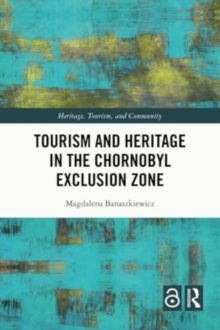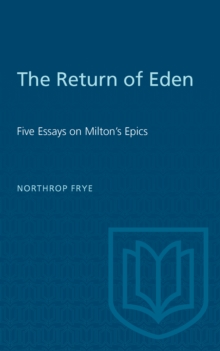
The Sash Canada Wore : A Historical Geography of the Orange Order in Canada EPUB
by Cecil J. Houston, William J. Smyth
Part of the Heritage series
EPUB
Description
Here is the story of the rise, spread, and fall of the Orange Order in Canada. Beginning in 1800, the Order grew steadily in many parts of the country during the nineteenth century, reaching its peak in the early part of the twentieth century. Since then, with the changes in Canadian society, the Order has declined in popularity and since 1945 has almost disappeared.
The Sash Canada Wore explains how this immigrant, ethnic ideology, widely known for its Protestant Irishness, opposition to Roman Catholics, and loyalty to the British royal family, managed to become so dominant, especially in Ontario, New Brunswick, and Newfoundland.
The role of the Orange Lodge as a local centre for good times, social interaction, and mutual aid in the various frontier, farm, and urban communities of colonial Canada sustained its development. This role also allowed the Order to move beyond the boundaries of its Irish identity to include the English fishermen of Newfoundland, the Scottish miners of Nova Scotia, the German farmers of the Pontiac region of Quebec, the Scots and Mohawks of Ontario, and settlers of the Canadian prairies. The study is based on historical documents of the national Order, the manuscript records of more than fifty lodges, and the results of extensive field studies in Orange communities in every province.
This significant contribution to Canadian social history will appeal not only to historians and geographers, but to members of the Order, and to all those who remember 'King Billy' on his white horse at the head of the parade.
Information
-
Download - Immediately Available
- Format:EPUB
- Pages:228 pages
- Publisher:University of Toronto Press
- Publication Date:15/12/1980
- Category:
- ISBN:9781487590291
Other Formats
- PDF from £31.44
Information
-
Download - Immediately Available
- Format:EPUB
- Pages:228 pages
- Publisher:University of Toronto Press
- Publication Date:15/12/1980
- Category:
- ISBN:9781487590291










